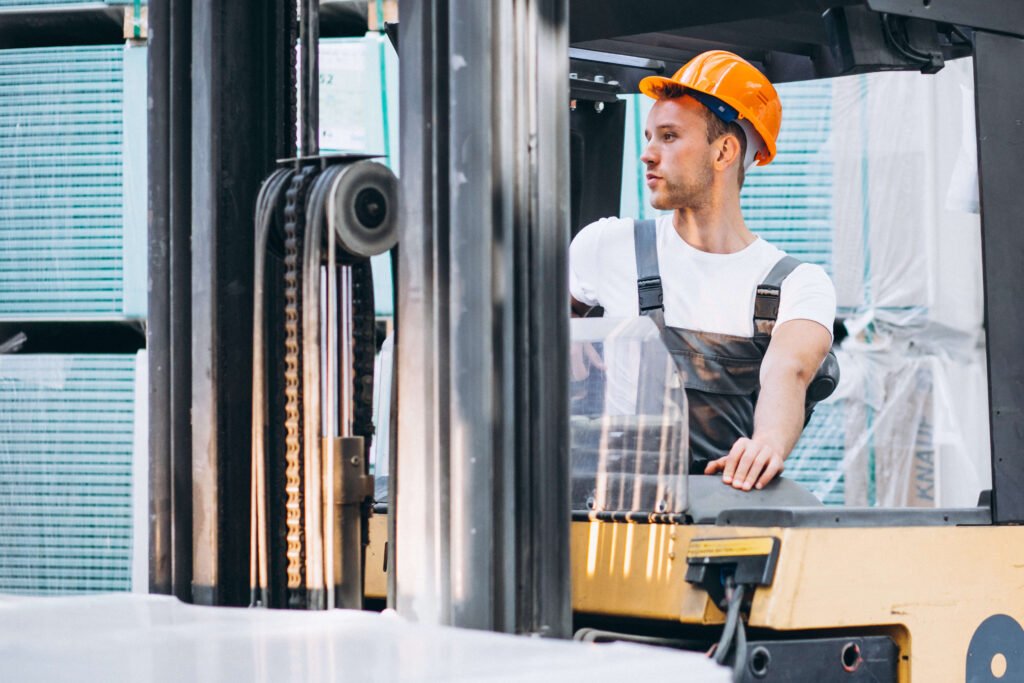When it comes to lifting and transporting heavy materials across uneven or rugged outdoor environments, rough terrain forklifts are the go-to solution. These powerful machines are specially designed for construction sites, lumber yards, agriculture, and any application where standard forklifts would struggle. If you’re planning to invest in one, this guide will walk you through everything you need to know before buying a rough terrain forklift—from key features and buying considerations to common challenges and use cases.
What Is a Rough Terrain Forklift?
A rough terrain forklift is a type of industrial lift truck built for outdoor conditions and tough surfaces. Unlike standard forklifts that operate best on smooth, paved floors, these models come equipped with large pneumatic tires, higher ground clearance, and powerful engines. Their durable construction enables them to navigate through mud, gravel, snow, and rocky ground with ease.
Key Features of Rough Terrain Forklifts:
-
Large treaded tires: Designed for stability and grip on uneven surfaces.
-
Higher ground clearance: Enables mobility over obstacles.
-
Four-wheel drive (in many models): Offers better traction and maneuverability.
-
Heavy-duty lifting capacity: Typically from 5,000 to 12,000 lbs or more.
When Should You Consider Buying a Rough Terrain Forklift?
Investing in a rough terrain forklift makes sense if your work environment frequently involves:
-
Outdoor loading and unloading
-
Construction or infrastructure development
-
Agriculture or forestry operations
-
Material transport over rocky or unstable ground
Key Considerations Before Buying
Before purchasing a rough terrain forklift, evaluate these critical factors:
1. Load Capacity
Make sure the model can handle your average and maximum load weights. Oversizing may increase costs, while undersizing can lead to safety issues and machine failure.
2. Tire Type
Pneumatic tires are the most common for rough terrain models. Look for solid pneumatic or foam-filled tires if puncture resistance is a priority.
3. Lift Height
Determine how high you need to raise your materials. Some models offer vertical lift heights up to 22 feet, ideal for multi-level construction projects.
4. Fuel Type
Choose between diesel, gasoline, or LPG. Diesel engines are preferred for their power and torque in outdoor conditions, but noise and emissions may be a concern in populated areas.
5. Maintenance Requirements
Check for ease of access to parts, service intervals, and availability of replacement components. A low-maintenance design can save long-term costs.
Common Challenges with Rough Terrain Forklifts
While rugged and reliable, these machines come with their own set of challenges:
-
Higher upfront cost than standard forklifts
-
Fuel consumption is typically greater due to their powerful engines
-
Training and licensing may be required for specialized models
-
Storage needs more space due to larger size
Examples of Use in Real-World Settings
Construction Site Case Study:
A highway construction firm in Arizona replaced their outdated material handling fleet with four rough terrain forklifts. The result? A 40% improvement in loading speed, and fewer delays due to stuck or malfunctioning equipment during rainy weather.
Agricultural Use:
Farmers dealing with bales, crates, and heavy tools in muddy fields find these machines indispensable, especially during planting and harvest seasons.
Should You Buy New or Used?
This depends on your budget and usage. New models come with warranties, the latest tech, and fewer maintenance concerns. However, used rough terrain forklifts can be a cost-effective option if:
-
You’re working on a temporary project
-
You have in-house maintenance staff
-
The machine has a verified service record
Final Tips for Choosing the Right Rough Terrain Forklift
-
Check dealer reputation and support
-
Ask for a demo or trial
-
Evaluate long-term total cost of ownership (TCO)
-
Read customer reviews and testimonials
Conclusion: Making the Right Investment
Choosing the right rough terrain forklift involves more than just checking the price tag. It’s about finding a model that aligns with your work demands, budget, and operational environment. By considering capacity, terrain conditions, maintenance, and lift height, you can make a smart, long-term investment. With the right machine, your productivity and safety on rugged job sites will dramatically improve.







